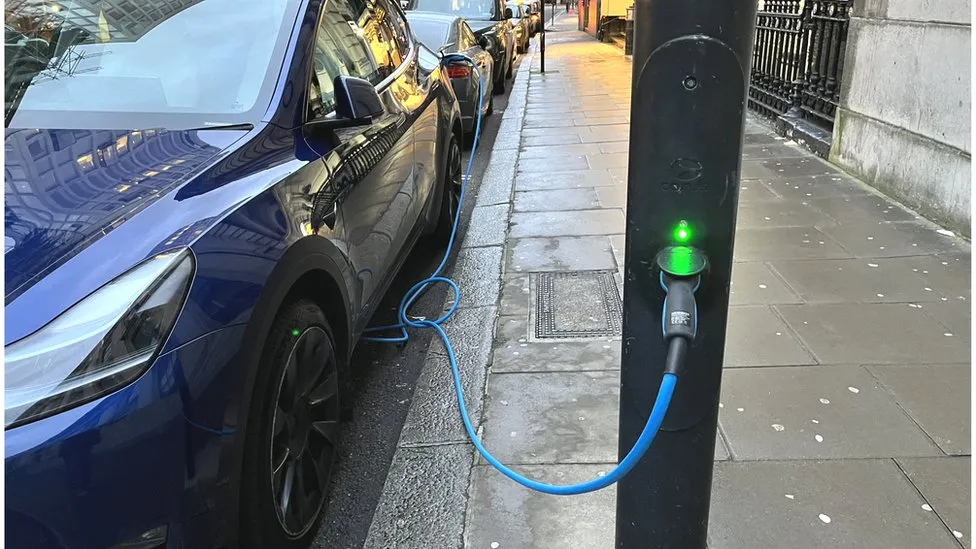Locating charging locations where people will truly use them is crucial. The obvious place is along the curb, but there, chargers have to share space with wheelchair users, walkers, and other users.
Repurposing already-existing infrastructure is one way to solve the problem without clogging up the built environment more.
For example, the use of electric vehicle (EV) charging in lampposts is growing. Repurposing old lampposts has several benefits, including eliminating the need for communities to excavate in order to install new wires, according to Artis Markots, CEO of SimpleCharge, a Latvian start-up with an eye toward Central and Eastern Europe.
Within one hour, an EV charger may be added to a lamppost, and there are no complicated permit requirements.
Additionally, the price is far less than that of a set charger.

These have stylish black boxes housing the charger and payment terminal.
Costs per pole, excluding installation, range from €3,000 to €4,000.
The CEO of CityCharge, Heimen Visser, admits that this is a little more costly than other on-street chargers. However, he feels that this is basically a 2-for-1 offering, meaning that charging and lighting for the pole can be done simultaneously.
Towns and cities can be equipped with a large number of non-rapid chargers thanks to lamppost charging. Both the CityCharge and SimpleCharge models have a maximum power of 22kW, which is quicker than slow overnight chargers but not as quick as rapid chargers.
They are also capable of working around the clock.
But according to Mr. Markots, locations with older infrastructure are more likely to have them for nighttime charging.







